Donal Fagan's Field Guide to Electric Vehicles
Until GM’s stylish EV-1 came along, electric vehicles (EVs) looked like they were made in shop class. Back then, very few people actually thought about owning an EV. Though many electric dreams have been literally crushed, green-thinking and/or peak oil-aware drivers now look to EVs as the natural successor to traditional fossil-fuel sucking and CO2 spewing motorcars. But are they worthy?
With standard nickel metal hydride batteries, no. Neighborhood Electric Vehicles (NEVs) demonstrate the best use– and limitations– of the technology. NEVs such as GEM and ZENN are fully functional, ready right now vehicles. But most of us would hesitate to (as in never) shell out $10K – $15K for a vehicle with a range of 30 to 35 miles and a speed of 25 to 30 mph– especially when we could get a Yaris or Fit for the same money.
The EV’s immediate and long-term future [still] depends on developing powerful, reliable and safe batteries. At the moment EV hopes reside in lithium-ion batteries, which are twice as powerful by weight as nickel-metal-hydride batteries.
Li-ion cells work great in our mobile phones and iPods. But automotive batteries must transfer much larger amounts of energy than a notebook battery. Safety, both real and perceived, is a huge problem. Fire can result from a ruptured separator: the electrically insulating porous polymer membranes that stop electrons (but let ions pass) between anode and cathode.
Automakers need high performance separators that allow greater ion flow and thus more power with safety membranes that close pores when overheated, thus stopping fire. Production is complicated; the Tesla Motor’s Li-Ion cooling system is a complex work-around with inherent risks and limitations, both practical and financial. Meanwhile, Evonik, Celgard, Asahi Kasei and even ExxonMobil are working on multilayer separators to make lithium-ion car batteries safe enough for soccer moms.
Even if they don't burst into flame, lithium-ion batteries are expensive. Their capacity often degrades in the first year. They don’t work well in cold temperatures. And they sometimes fail altogether after three years. Yet many EV startups confidently offer lithium-based electric vehicle conversions.
Hybrid Technologies lists a range of electric vehicle conversions. The Smart ForTwo becomes the $43.5K LiV Dash; the MINI Cooper becomes the $57.5K LiV Flash; the Chrysler PT Cruiser becomes the $55K LiV Surge; and most recently, the Toyota Yaris becomes the $39.5K LiV Wise. Hybrid Technologies claim 100 mile ranges, 70 to 80 mph speeds and at least 1500 charges.
Lion EV offers the $30K Ford Ranger EV, a $35.5K Ford Escape EV and a $37.5K Ford Escape Hybrid PHEV. They claim a base range of 120 miles for the Escape EV and 200 miles for the Ranger EV.
For serious EV shoppers, their manufacturers’ greatest weakness: you can pretty much forget about kicking the tires and taking your prospective purchase for a quiet spin. Hybrid Tech is looking for distributors other than the catalog at Sam's Club. LionEV claims their dealerships are home-based with no lots to visit. "How can I arrange a tour of your manufacturing plant?" asks the LionEV FAQ. "You can't," is the answer.
Prices for these unseen, untouched vehicles are expressed in general terms– many options cannot be specified before ordering. And ordering online requires paying an upfront deposit weeks, months and even years ahead of delivery.
Lion and Hybrid are two of the rare companies that actually let you order four-wheel electric vehicles with some expectation of delivery. The Tango looks great next to George Clooney, but it requires a $10K deposit and a two to three year wait (while Commuter Cars lines up investors). Phoenix and Think maintain Flash-y websites that promise breakthroughs, but never seem to have anything for sale (in the U.S., anyway). And then there’s Tesla’s Roadster. Or, as is the case, not.
Assuming that EV makers get their acts together and create lithium-ion batteries (or some better storage medium) that are powerful enough to offer the range and recharge times consumers demand, and safe enough to withstand America’s litigious society, the question remains: are EVs a suitable solution to our desire for personal mobility?
On the positive side, nearly everyone has electrical power in their homes and businesses. No question: there’s a lot of unused nighttime generating capacity. EVs run clean, run quiet (too quiet, according to advocates for the hearing challenged).
On the negative side, electrical energy has to come from somewhere, and that source is usually CO2-emitting, fossil-fuel-fired plants and/or the ever-controversial nuclear power plants. Except for the tiny contribution by wind and solar, and the modest contribution by hydroelectric, electricity is not clean power. Nor is electric power any more guaranteed to stay less expensive than oil and natural gas.
In short, EVs have a long way to go before they can go a long way towards transforming America’s transportation system.
More by Donal Fagan
Latest Car Reviews
Read moreLatest Product Reviews
Read moreRecent Comments
- Redapple2 4 Keys to a Safe, Modern, Prosperous Society1 Cheap Energy2 Meritocracy. The best person gets the job. Regardless.3 Free Speech. Fair and strong press.4 Law and Order. Do a crime. Get punished.One large group is damaging the above 4. The other party holds them as key. You are Iran or Zimbabwe without them.
- Alan Where's Earnest? TX? NM? AR? Must be a new Tesla plant the Earnest plant.
- Alan Change will occur and a sloppy transition to a more environmentally friendly society will occur. There will be plenty of screaming and kicking in the process.I don't know why certain individuals keep on touting that what is put forward will occur. It's all talk and BS, but the transition will occur eventually.This conversation is no different to union demands, does the union always get what they want, or a portion of their demands? Green ideas will be put forward to discuss and debate and an outcome will be had.Hydrogen is the only logical form of renewable energy to power transport in the future. Why? Like oil the materials to manufacture batteries is limited.
- Alan As the established auto manufacturers become better at producing EVs I think Tesla will lay off more workers.In 2019 Tesla held 81% of the US EV market. 2023 it has dwindled to 54% of the US market. If this trend continues Tesla will definitely downsize more.There is one thing that the established auto manufacturers do better than Tesla. That is generate new models. Tesla seems unable to refresh its lineup quick enough against competition. Sort of like why did Sears go broke? Sears was the mail order king, one would think it would of been easier to transition to online sales. Sears couldn't adapt to on line shopping competitively, so Amazon killed it.
- Alan I wonder if China has Great Wall condos?



















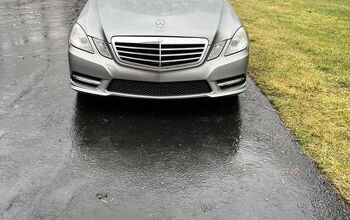
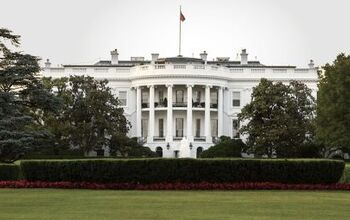
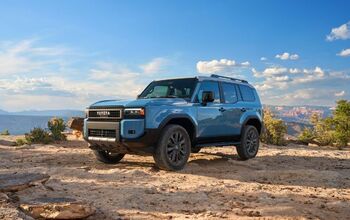
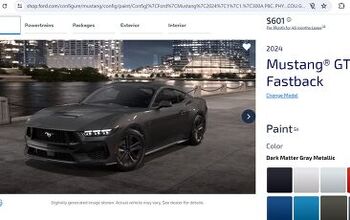
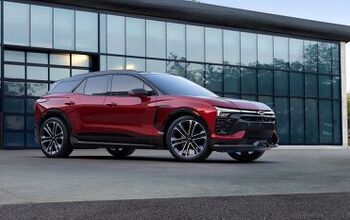
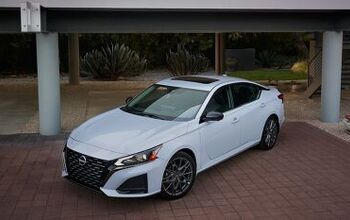
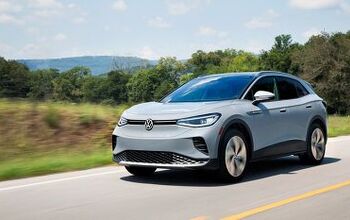
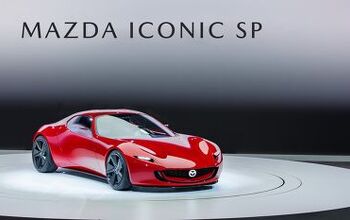
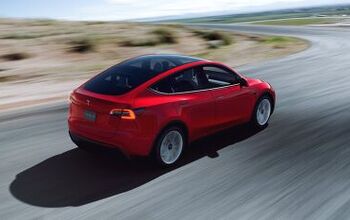

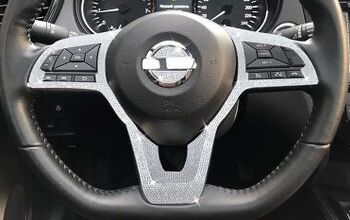
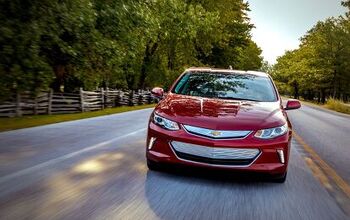

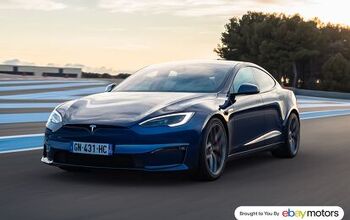
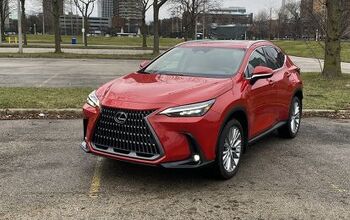
Comments
Join the conversation
I know the EV is coming, but to where besides Sweden, Alaska and Canada? And with skinny tires, the use wouldn't they just be seasonable? Has anybody figured out how to produce the power to operate an AC in one off battery power?
Me and my fellow conspiracy theorists have a saying, "follow the money". Who profits from a successful electic car? You and me and our future. Who has the most to gain from the failure of the electric car? Free of interference and undermining we could have a reasonably priced electric car in less than 10 years. It's not unbelievable, look how far we have come with the cell phone in 10 years.